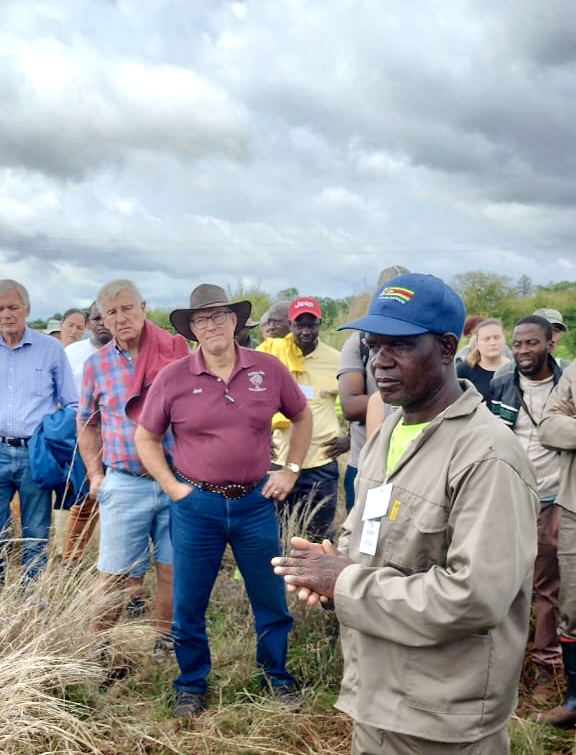Regenerative Grazing Farm Tour - May 2025
Only 16 days to go until this MasterClass of Regenerative Grazing starts. It's going to be an exciting three days of listening, discussing, observing and learning. Below please find the Program for 15, 16 & 17 May. We look forward to seeing you there and thank our Sponsors for helping to make this happen.









